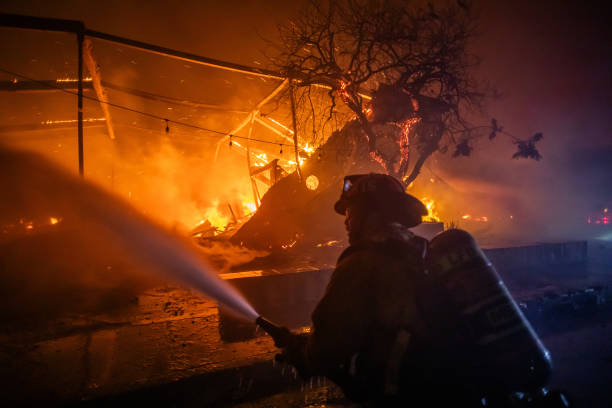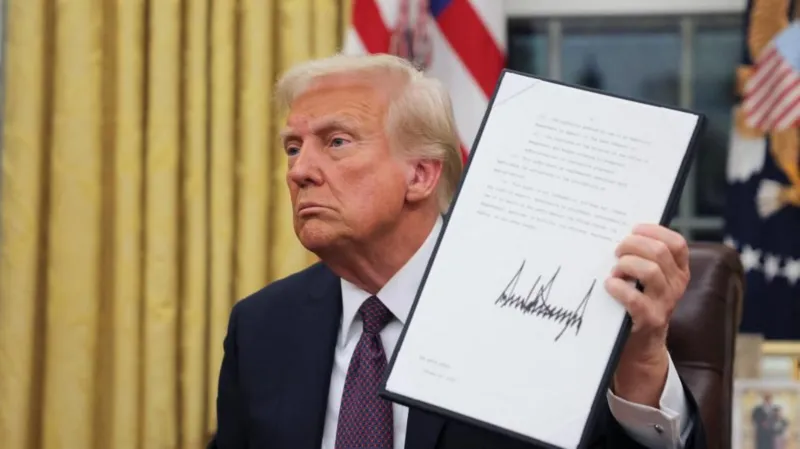The Los Angeles wildfires have been a recurring challenge for residents, firefighters, and environmentalists. Each year, these fires destroy homes, disrupt communities, and threaten ecosystems, leaving a trail of devastation. The latest updates on the wildfires highlight the urgent need for understanding their causes, mitigating risks, and addressing long-term consequences. This article delves into the current state of the Los Angeles wildfires and explores the underlying factors fueling these destructive events.
Latest Updates on the Wildfires
As of the most recent reports, multiple wildfires are raging across various parts of Los Angeles County. Firefighters are battling to contain the flames, often in the face of harsh conditions such as high winds, dry air, and record-breaking temperatures. The most significant fires have forced evacuations in several neighborhoods, with thousands of residents fleeing their homes to seek safety.
Emergency services are working tirelessly to control the fires, deploying advanced technology such as drones and helicopters equipped with water tanks. Despite their efforts, containment remains challenging, as the flames are spreading rapidly through parched vegetation. The National Weather Service has issued red flag warnings, urging residents to stay alert and prepared for sudden changes in the fire’s trajectory.
Impact on Communities
The ongoing wildfires have had a profound impact on local communities. Homes have been reduced to ashes, and families are grappling with displacement and uncertainty. In addition to the immediate dangers, the fires have caused poor air quality, posing serious health risks to vulnerable populations, including children and the elderly.
Local schools and businesses have temporarily shut down, and relief centers have been set up to assist those affected. The emotional toll of losing possessions and the fear of further destruction have left many residents in a state of despair. Nonprofit organizations and government agencies are working together to provide aid, but recovery efforts are expected to take months, if not years.
Causes of the Los Angeles Wildfires
Wildfires in Los Angeles are typically the result of a combination of natural and human factors. Climate change has intensified drought conditions, leaving the region’s vegetation extremely dry and prone to ignition. Strong Santa Ana winds further exacerbate the situation by fanning flames and spreading embers across large distances.
Human activities also play a significant role in igniting these fires. Accidental sparks from power lines, campfires, or machinery are common causes, while some fires have been linked to arson. Urban expansion into wildland areas increases the likelihood of interactions between human activity and fire-prone environments.
Additionally, outdated infrastructure, such as aging power lines, has been cited as a critical factor. Utility companies are under increasing pressure to maintain and upgrade their equipment to prevent accidental sparks, which can quickly escalate into catastrophic fires.
Addressing the Challenges
Efforts to mitigate wildfires in Los Angeles include a multi-pronged approach. Fire prevention strategies focus on clearing brush, creating firebreaks, and enforcing stricter building codes in high-risk areas. Public awareness campaigns educate residents on evacuation procedures and fire safety measures.
Technology is also playing a vital role in firefighting. Infrared imaging, satellite monitoring, and predictive modeling are helping authorities identify high-risk areas and respond more effectively to emerging threats. Policymakers are working to allocate additional resources for firefighting teams and invest in infrastructure improvements to reduce fire risks.
The Path Forward
The Los Angeles wildfires serve as a stark reminder of the growing challenges posed by climate change and urbanization. Addressing these issues requires coordinated efforts from government agencies, community organizations, and individuals. By focusing on prevention, investing in technology, and fostering resilience in affected communities, it is possible to reduce the frequency and impact of wildfires in the future.




















